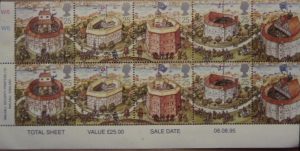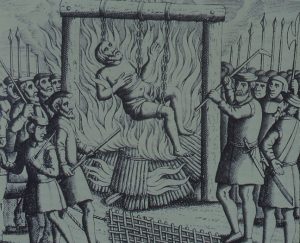Bishopsgate Ward Walk. 2nd Feb 20 10.45.
Liverpool St Tube. Bishopsgate Exit. Top of Escalator
The next in a series of occasional Ward Walks. This is a chance to explore a small area of the historic City of London in detail. The area in question Bishopsgate is split into 2 parts – Within Bishopsgate and Without the gate. This means that the Ward covers two of the most fascinating areas of the City of London – from the Gate to Leadenhall Street, and outside the Gate to the border of Shoreditch. The extramural section was an area of monastic settlements, burial grounds, grand housing, and on the periphery slums. Inside the Gate were prime business locations, important markets and Parish Churches. Along the way we will look at the archaeological discoveries and the historic and literary associations of the area, including local resident William Shakespeare.
This is a London Walks Walk by Kevin Flude

 itch High Street Overground Station
itch High Street Overground Station on Saturday, November 30.
on Saturday, November 30.